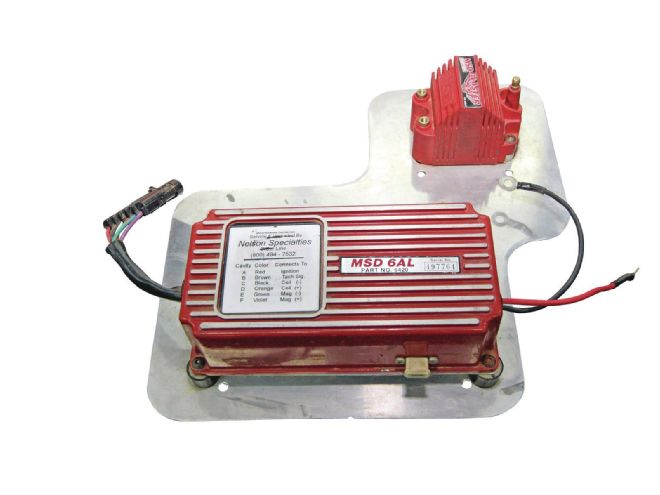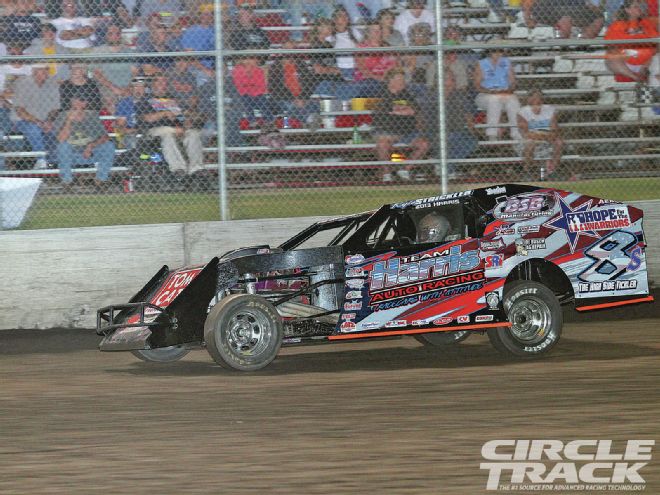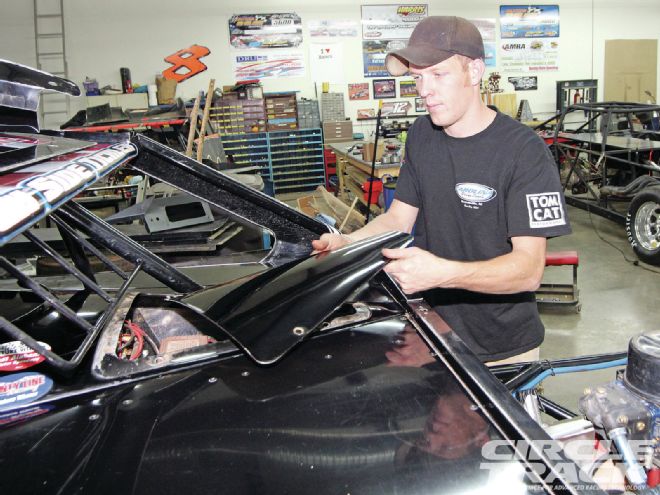
 We can all agree that when you are at the racetrack your time should be spent concentrating on racing. Anything you can do to make working on your race car a little easier can help you concentrate on the important stuff.
We can all agree that when you are at the racetrack your time should be spent concentrating on racing. Anything you can do to make working on your race car a little easier can help you concentrate on the important stuff.
Whenever we talk to racers-which is practically every day-it seems universal that one of the most hated jobs is diagnosing electrical problems. Electricity isn't voodoo, but for some of us it might as well be.
Of course, it doesn't have to be that way. We don't have the space here to provide you with everything you need to know to earn a degree in electrical engineering, but maybe we can at least provide you with a few tips to help make your life a little easier when it comes to your race car's electrical system.
We recently spoke with Kyle Stricker of High Side Bodies & Fabrication about electrical issues that racers face and he offered up a few ideas based on his years as a racer and building race cars for others. Dirt race cars are often designed so that the ignition box, coil, and the backs of the gauges are protected from the elements underneath the dash. Strickler says that after one-too-many times spent frantically trying to untangle a knot of wires so that he could replace an ignition box (or do any other number of electrical repairs) at the racetrack, he decided that there had to be a better way. The answer he came up with is a removable plate he could mount both the coil and ignition box to so that he could remove the entire assembly as a single unit. Many racers have similar setups, but Strickler was willing to allow us to photograph his removable ignition panel so that our readers may use it for inspiration to design their own.
 1. High Side Bodies and Strickler Racing crewman Brandon Manhardt undoes the Dzus fittings to remove the cover for this Dirt Modified race car’s electrical box. Most dirt cars use a type of electrical box behind the dash to provide a protected area for the car’s electronics. It is useful to keep moisture and grime from fouling the car’s critical electronic components, but space is usually quite limited.
1. High Side Bodies and Strickler Racing crewman Brandon Manhardt undoes the Dzus fittings to remove the cover for this Dirt Modified race car’s electrical box. Most dirt cars use a type of electrical box behind the dash to provide a protected area for the car’s electronics. It is useful to keep moisture and grime from fouling the car’s critical electronic components, but space is usually quite limited.
The key to the system? Keep all the wiring as simple and short as possible to eliminate the possibility for tangles and the frustration that comes with it. Wires should be trimmed to the proper length and not left any longer than necessary. Strickler, like many dirt track racers, prefers to change out the standard plugs for what's commonly known as "weatherpack" connectors. You can get weatherpack connectors from practically any autoparts store, and their advantage is they are designed to protect the connections from moisture, dirt and all the other crud that's common in dirt racing that can foul your electrical connections.
Assembling your own weatherpack connectors isn't difficult. There's really nothing more to it than stripping wires, slipping on the silicone gasket plug and crimping the plugs into place. What's critical is to make sure you keep all the correct wires connecting to each other. MSD's wiring can often give racers trouble if they don't pay close attention before cutting off the original plugs. When working with MSD's popular 6AL box and an MSD distributor, there is a solid green and a solid purple (MSD calls it "violet") wires coming from the box that connect to two wires from the distributor that are black with a red stripe and black with a purple stripe. As long as the stock connectors are in place, there is no way to hook the wires up wrong. But if you cut the connector off to build your own weatherpack connector, you have to remember that the green wire connects to the black-and-purple wire and the violet wire connects to the black-and-red wire. Get it wrong and it will significantly throw off engine timing.
Strickler also showed us his setup for remotely charging the battery. Like most Saturday-night racers, Strickler prefers not to run an alternator whenever possible to eliminate the horsepower drain. That means that he must make sure the battery is fully charged every time he hits the track. But a battery is also heavy, so it should be considered ballast and placed where it will benefit chassis handling the most. This means that the battery is often placed in areas on the chassis that isn't easy to reach. To fix this, Strickler runs heavyweight wires from the battery terminals to remote charging posts that are easy to reach.
A remote battery terminal won't exactly make you any faster, but it can make your life at the track a little easier. And we've found that anything you can do to reduce your workload at the racetrack will benefit you long term by freeing you up to concentrate on the things that really matter. Now let's get to it.